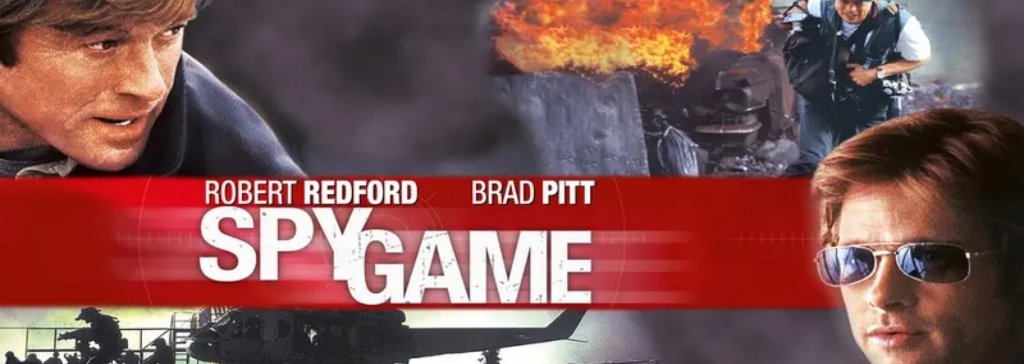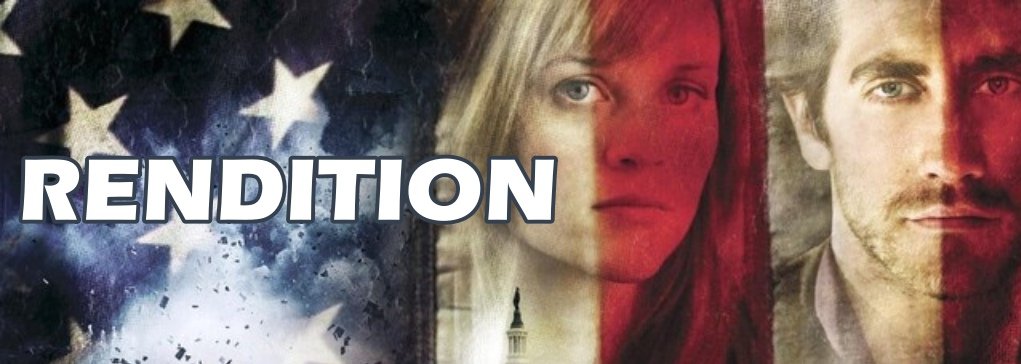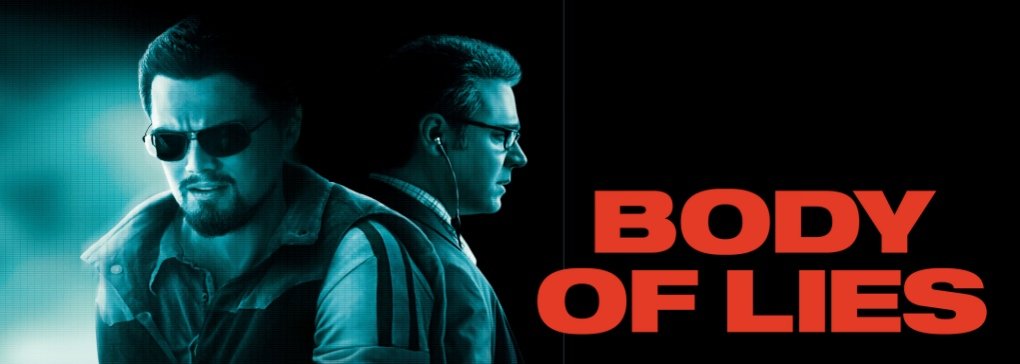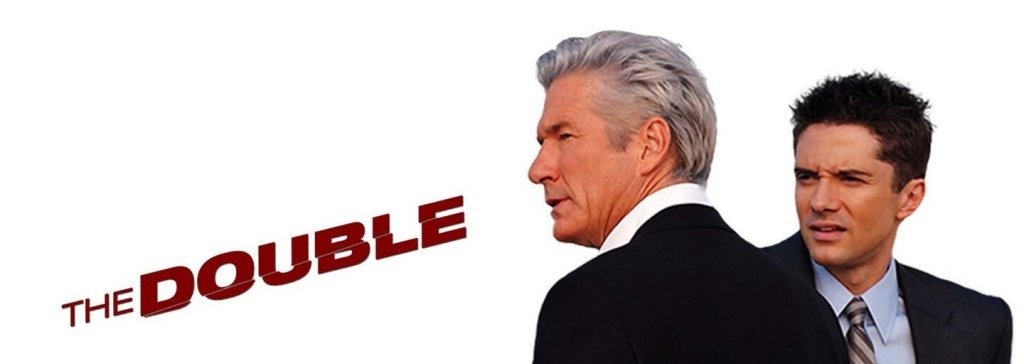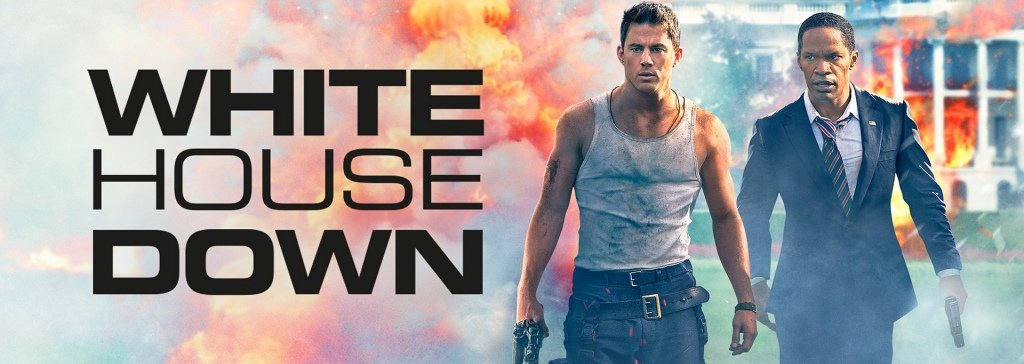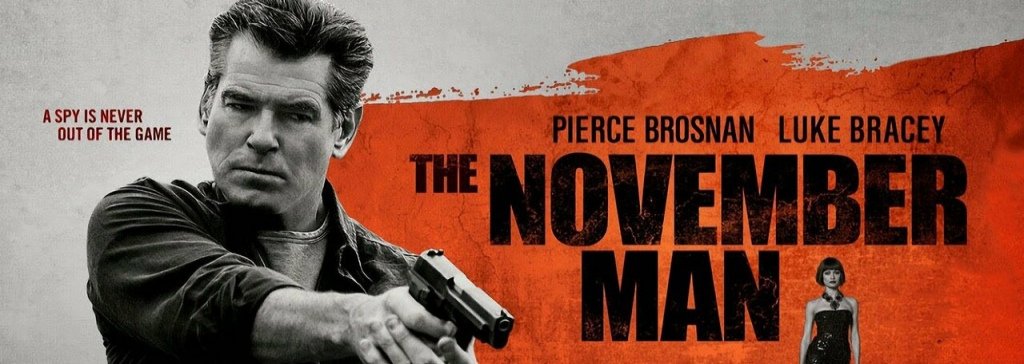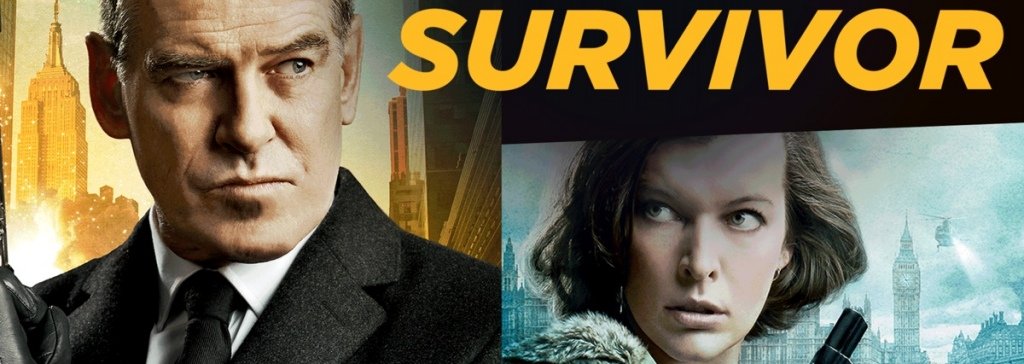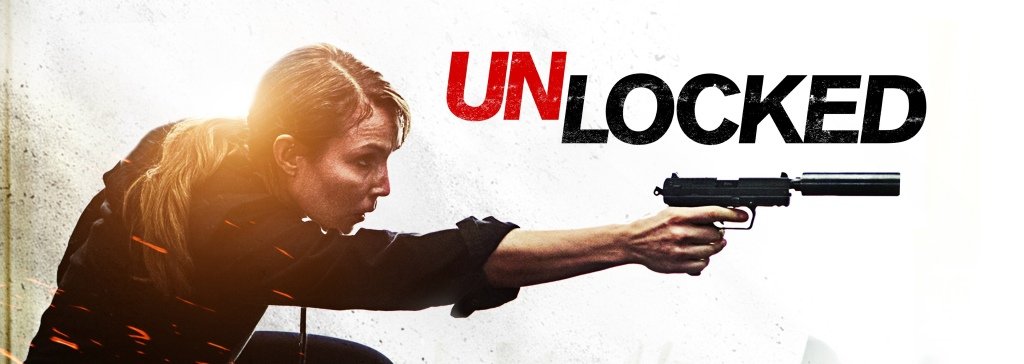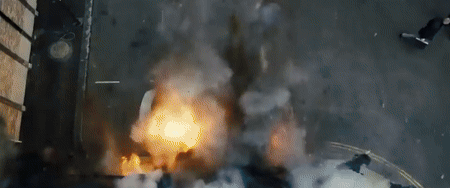
Thrilled audiences and frayed nerves are hallmarks of the thriller and suspense genres in cinema. While often used interchangeably, these terms represent distinct yet complementary approaches to storytelling that aim to evoke powerful emotional responses from viewers.
Thriller movies typically focus on plot-driven narratives, often involving crime, espionage, or a dangerous quest. Their primary goal is to generate excitement and anticipation through a rapidly escalating series of events. The tension in a thriller often stems from the protagonists facing external threats, high stakes, and a race against time. Think of films like "The Silence of the Lambs," where the pursuit of a serial killer drives the narrative forward, or "Taken," where the action revolves around rescuing a kidnapped loved one. The thrill comes from the constant peril and the often violent or high-octle confrontation.
Suspense, on the other hand, prioritizes the psychological experience. It's less about what will happen and more about the dread and anxiety surrounding what might happen. Suspense manipulates the audience's knowledge, often revealing information to the viewer that the characters don't possess, or vice-versa. This creates a sense of unease and a desperate desire for resolution. Alfred Hitchcock, the undisputed master of suspense, famously explained, "There is no terror in the bang, only in the anticipation of it." Films like "Psycho" exemplify this, where the prolonged tension before the shower scene is far more impactful than the brief act itself.
Ultimately, the most effective films often blend elements of both. A good thriller will employ suspenseful techniques to heighten the tension of its plot, and a masterful suspense film can be incredibly thrilling in its execution. Whether it's the heart-pounding chase of a thriller or the creeping dread of suspense, these genres continue to captivate audiences by tapping into our most primal fears and desires for resolution

